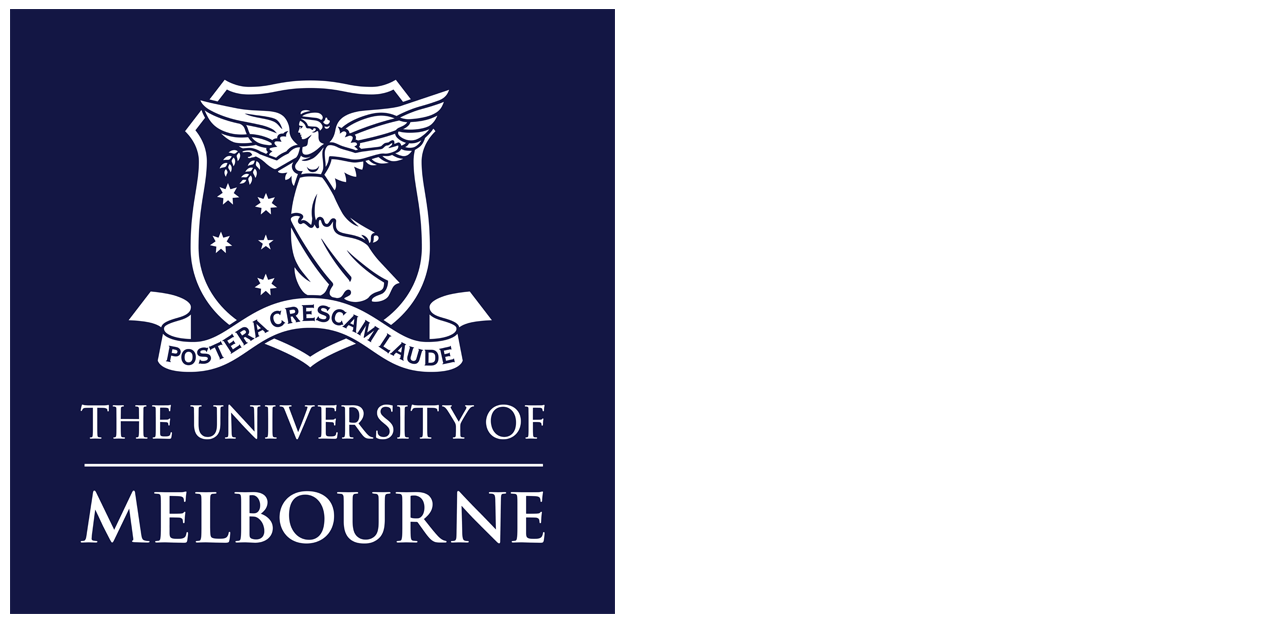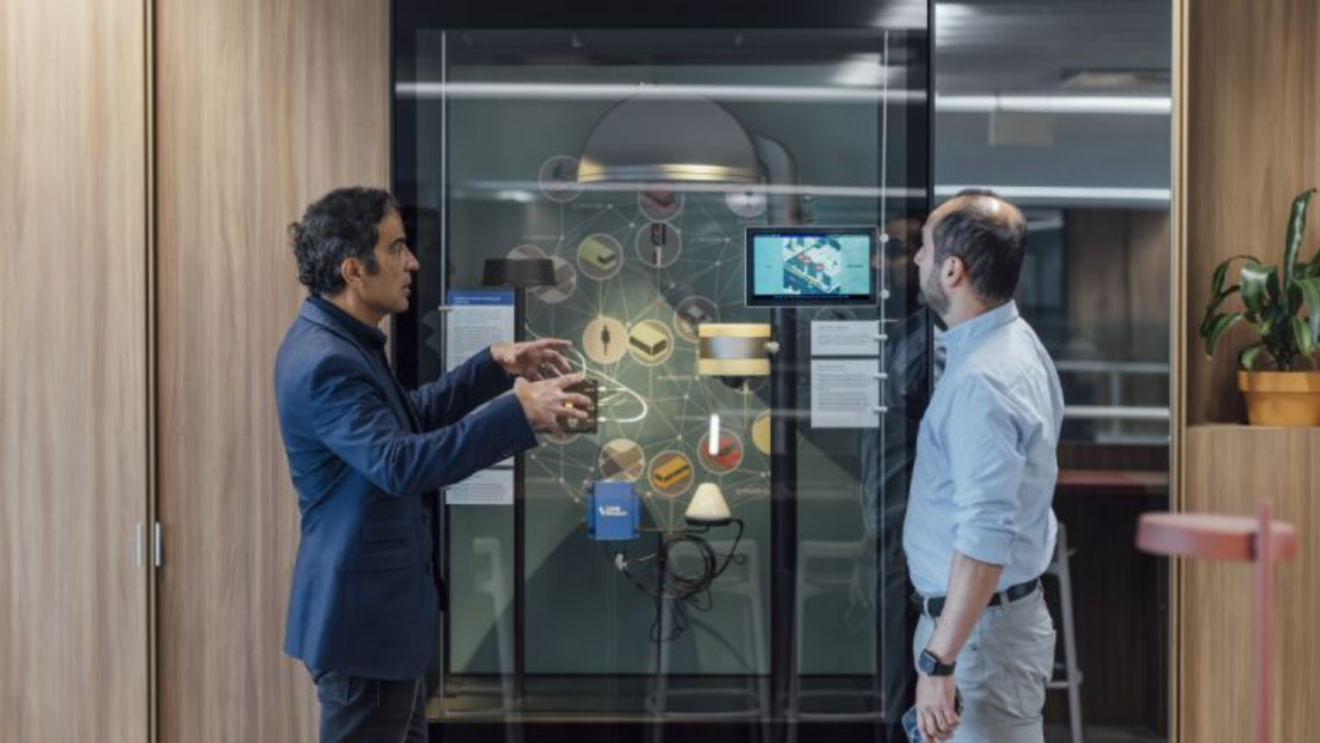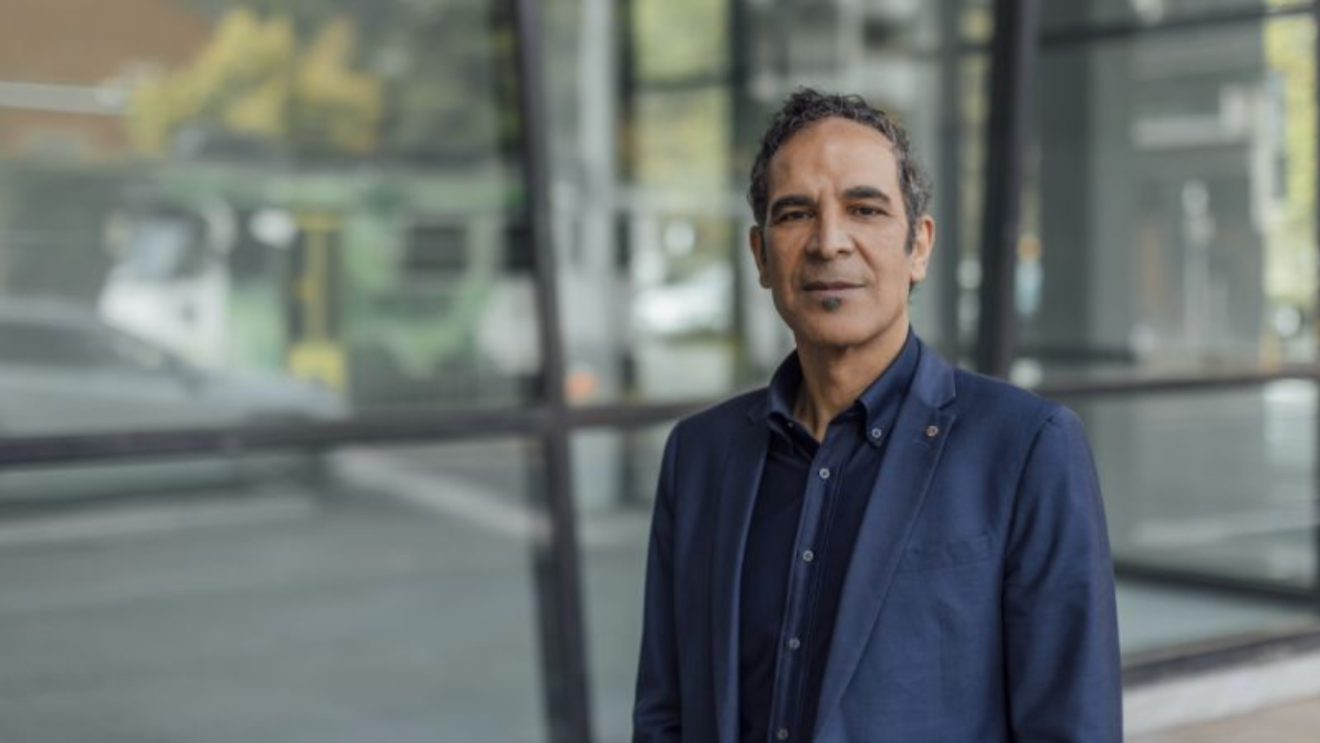

Professor Majid Sarvi is making our roads cleaner, safer and less congested. His mobility research takes a systems perspective to cover topics from public transport to freight and city logistics.
Professor Sarvi leads the transport technologies platform at the University of Melbourne. He is also Director of the Australian Integrated Multimodal EcoSystem (AIMES) – a living transport laboratory on the streets of Melbourne.

I came to the University of Melbourne because I was very keen to have a large societal impact. I think it's all about being a good citizen. I wanted to work with industry in tackling transport issues. The University of Melbourne has provided me the platform to do this.
Applied research is very important. It’s also a very important element in our education program because we want to get our students ready for the workforce when they graduate. We train them on problems that are practical and important to our society.
Compared to transport, mobility considers people, the system and the management of that system. When you talk about transport, some people may focus on infrastructure rather than the people who use it. We’re trying to capture a broader perspective in our narrative.
You might have a very good way to handle one or two intersections. But when you have 4000 of them, who gets better access and safer passage? Who gets priority?
One important element is connectivity. These days transport systems are very digital. However, there are a lot of silos. Through AIMES, we're trying to establish connectivity between elements of the transport system which are not connected. For example, allowing cars to talk to each other, to infrastructure and also to people using the system. This make the entire transport system safer and gives us a chance to reduce congestion and emissions.
When cars can talk to each other and to other road users, that minimises the possibility of errors and crashes. Cars are getting smarter in terms of awareness of what is happening around them. Many studies show that this will have a significant impact on safety.

We recently started a very large-scale project which is about harmonising the introduction of connected vehicles in this country. Once this project is done, everybody in Australia is going to be using the same framework, the same template, the same data structure – everything will be the same in every state. We're grateful to many partners from all around Australia: state and federal governments, the Transport Accident Commission and ITS Australia. We're very, very proud and excited about this project.
The transport system has become increasingly complicated, but with it comes an opportunity to manage it much better – using artificial intelligence and data. Today, we have an enormous amount of data we didn't have before, including live data. It's an unprecedented opportunity to tackle congestion, emissions and safety.
Artificial intelligence can harness all the data we’re collecting in transport systems, understand it and use its insights to proactively to run the system to its best. We are not there yet, but we're going to get there. Humans cannot understand that amount of data and its patterns in the short time that is needed to operate a large complex network. I think history has showed that. We have had congestion and safety issues for a long, long time. On the top of that we have now very high amount of emissions from transport systems that we need to address.
Transport is by its nature a multidisciplinary field. Everywhere you look around the world, successful programs are very, very multidisciplinary. With artificial intelligence, we have had the chance to work with the School of Computing and Information Systems. My colleagues are working heavily with electrical engineering on electric vehicles. We have worked with the Melbourne Business School, looking at the social and economic impacts of connected transport systems.
You cannot solve big problems on your own. In AIMES, we have more than 55 companies and government agencies working together on what the big issues are. We work on problems that they bring in – or issues we see emerging that we share with them. Big issues require big teams, big effort, and big ambition.